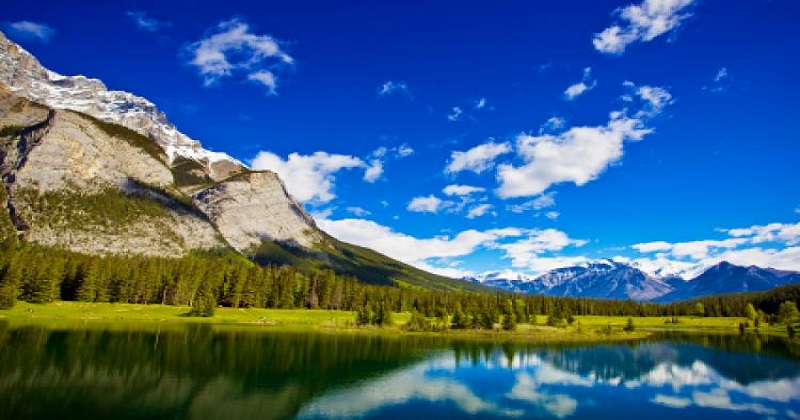
“Mountain biodiversity” is the theme of this year’s International Mountain Day. Let’s take a look at the rich biodiversity of the mountains.
Mountains play a vital role in beautifying the world. Mountains are formed by the slow and gigantic movements of the Earth’s crust. The earth’s crust is made up of six massive slabs called plates. When two plates collide with each other, the earth pushes upwards, forming mountains. Mountains make up about 22% of the earth.

Mountains provide 60-80 percent of the world’s fresh water. The main food crops are grown in the mountains. For example potatoes, barley, apples, corn and tomatoes. They attract about 15-20% of the world’s tourism.
Everest is the tallest mountain in the world; 8,848.86 m high. It is located in the Himalayan foothills on the borders of Nepal and China.

According to the latest figures, the height is 0.86 meters higher than before. China and Nepal have been at loggerheads over whether to increase the height of the snow cap on Mount Everest. The agreement was reached during a visit by Chinese President Xi Jinping to the Nepalese capital, Kathmandu, last year. The first official height was announced in 1954.
The world’s oldest mountain range is the Barberton Greenstone in Africa. These are estimated to have formed about 300 million years ago.

Post Your Comments